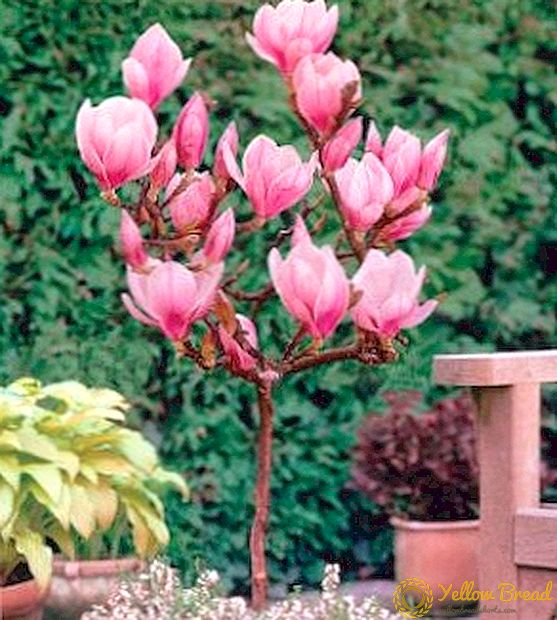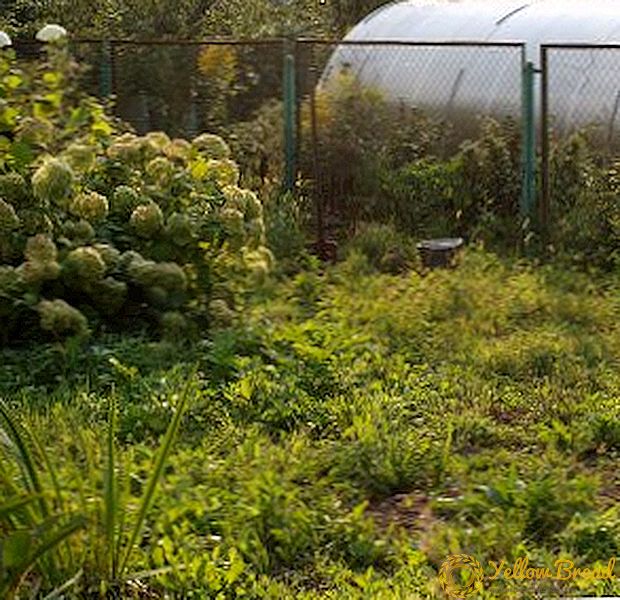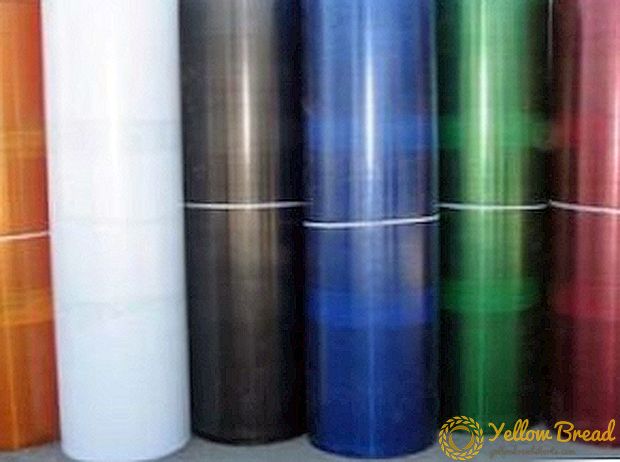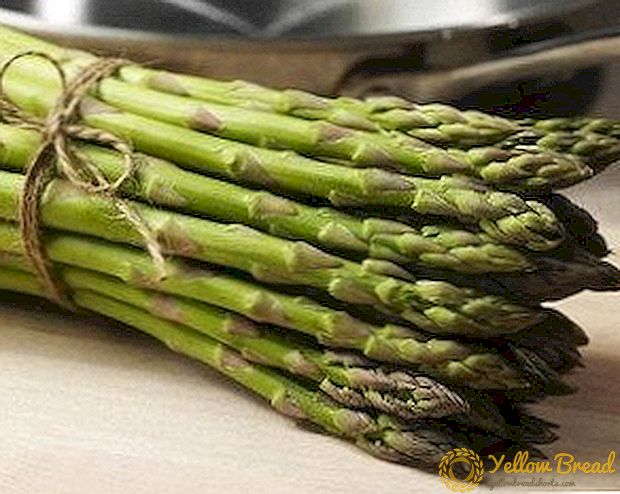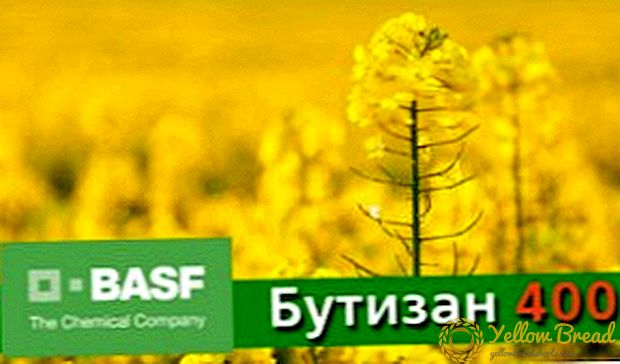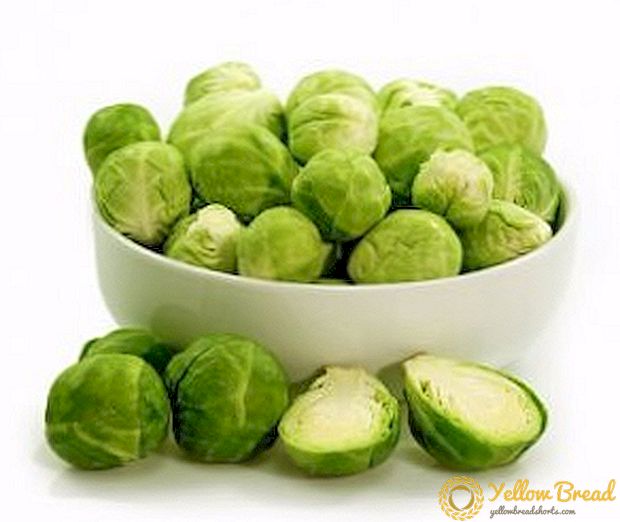
Potatoes with beautiful snow-white flesh never lose popularity. It is these tubers that give the new promising variety "Sifra".
Late ripening makes the taste of root vegetables concentrated and bright, moderate starch content allows the use of root vegetables for cooking a variety of dishes.
In this article you will find the characteristics of the Sifra potato variety, photo and description.
Potato "Sifra": description of the variety and photos
The following are the main characteristics of Sifra potatoes:
- tubers are large, weighing from 100 to 150 g;
- round-oval shape;
- tubers are smooth, neat;
- peel yellow, evenly colored, moderately thin, smooth;
- eyes superficial, shallow, few;
- the pulp on the cut is white;
- starch content ranges from 11.2 to 15.9%.
These photos show the Sifra potato:



Characteristics of the root
Potatoes varieties "Sifra" refers to the dining middle. Productivity depends on climatic conditions and nutritional value of the soil; it ranges from 179 to 400 centners per hectare.
Bushes are medium or high, moderately sprawling, upright or semi-upright, intermediate. The shape is average. Leaves are medium-sized, intermediate type, dark green, with slightly wavy edges.
 The corolla is made up of large white flowers. Berry formation is small. Powerful root system up to 15 large potatoes are formed under each bush. The number of non-competitive stuff is small.
The corolla is made up of large white flowers. Berry formation is small. Powerful root system up to 15 large potatoes are formed under each bush. The number of non-competitive stuff is small.
Planting care is easy. Potatoes loves light nutrient soil, in poor and heavy soil, the tubers become shallow, and their number decreases.
During the season you need to feed the bushes several times with organic matter or mineral complexes, moderate watering is very important.
In regions with arid climate It is practical to install a drip moisture system that maintains the perfect balance of water in the soil.
Sifra variety sufficiently resistant to many dangerous diseases: potato cancer, golden cyst nematode, common scab, various viruses.
Tuber tastes good or excellent. Like other medium-late varieties, potatoes are notable for their saturation, the cooked pulp is not dry and not watery, slightly sweetish.
Sort ideal for culinary experiments, root vegetables are boiled, deep-fried, stewed, stuffed, baked. When cooking beautiful white color of the pulp is preserved. Despite the low starch content, mashed potatoes without lumps can be made from potatoes.
Tubers are suitable for baby or diet food., they are rich in vitamins and low in calories.
Origin
Sifra potato variety bred by Dutch breeders. Registered in the State Register of the Russian Federation in 2010. Zoned for the Central, Central Black Earth, North-West, Volga-Vyatka regions.
It is recommended for industrial cultivation, farmer or personal subsidiary farms. Large, even tubers ideal for retail. They look attractive on the counter, are stored for a long time, without losing commercial qualities. Transportation is possible over long distances.
Advantages and disadvantages
The main advantages of the Sifra potato variety are:
- excellent taste of root crops;
- good yield;
- potato versatility;
- attractive appearance of tubers;
- the harvest is well kept;
- seed material is not subject to degeneration;
- drought tolerance;
- resistance to major diseases.
Features of growing
Like other mid-late varieties, "Sifra" planted in late spring when the soil warms up well. The soil should be light, preferably sandy. The soil is carefully loosened, choosing the remains of plants that can become a breeding ground for bacteria and insect pests. Humus or wood ash is laid out through the holes.
Required preplant tuber seed treatment. During growth, toxic components will completely come out, with proper watering and feeding, new potatoes will become absolutely safe.

The variety is sensitive to soil moisture. To root turned large and beautiful, it is desirable to organize a drip irrigation system. Keeping the soil at a normal level of moisture and eliminating frequent weeding will be done by mulching the soil with straw or mowed grass. It is laid out in the aisle after hilling.
2-3 times per planting season watered liquid complex fertilizer with a predominance of potassium and magnesium. Mineral complexes should be alternated with organic matter: diluted bird droppings or mullein.
Undermining the first tubers can be in the middle of summer. However, the variety demonstrates maximum yield at the end of the growing season, in the second half of September. Before digging, it is recommended to cut the entire tops from the bushes. After harvesting, the harvested potatoes are sorted and dried thoroughly in the border or under a canopy.
Diseases and pests
The Sifra potato variety is resistant to many dangerous diseases of the nightshade: potato cancer, golden cyst nematode. Moderately resistant to late blight of tubers and leaves. Recommended for prophylaxis 1-2 times process planting with copper preparations. Birch ash, introduced into the soil during planting, will protect from rot and fungus.
 Juicy potato tops attract insect pests. Modern insecticides will protect against aphids, spider mites and the Colorado potato beetle. They are sprayed with bushes before flowering.
Juicy potato tops attract insect pests. Modern insecticides will protect against aphids, spider mites and the Colorado potato beetle. They are sprayed with bushes before flowering.
Get rid of the wireworm will help pre-sowing treatment of tubersthe introduction of disinfectants into the soil, as well as the periodic change of sites for planting. While resting, potato fields should be sown with phacelia, cabbage or radish.
Young and promising variety "Sifra" - A great choice for farmers and gardeners-lovers. Observance of elementary agrotechnical rules guarantees good yield and excellent taste of root crops. Harvested potatoes can be sold or left for personal consumption.

